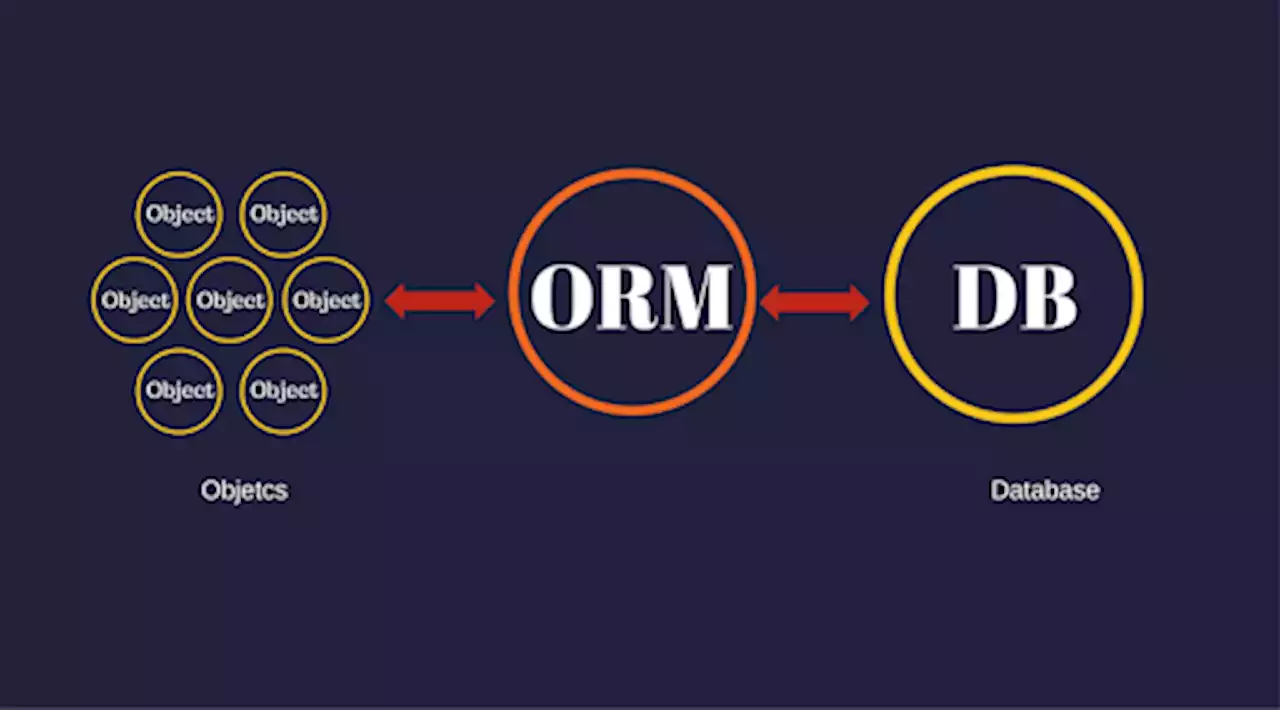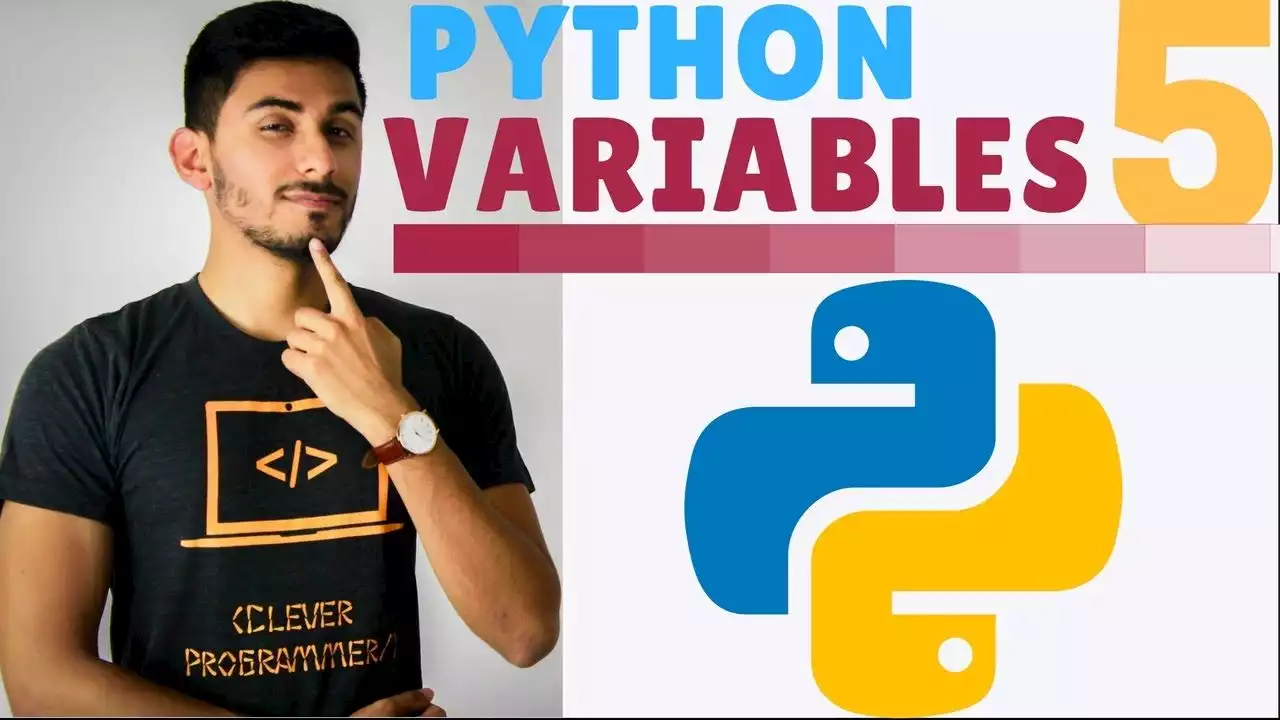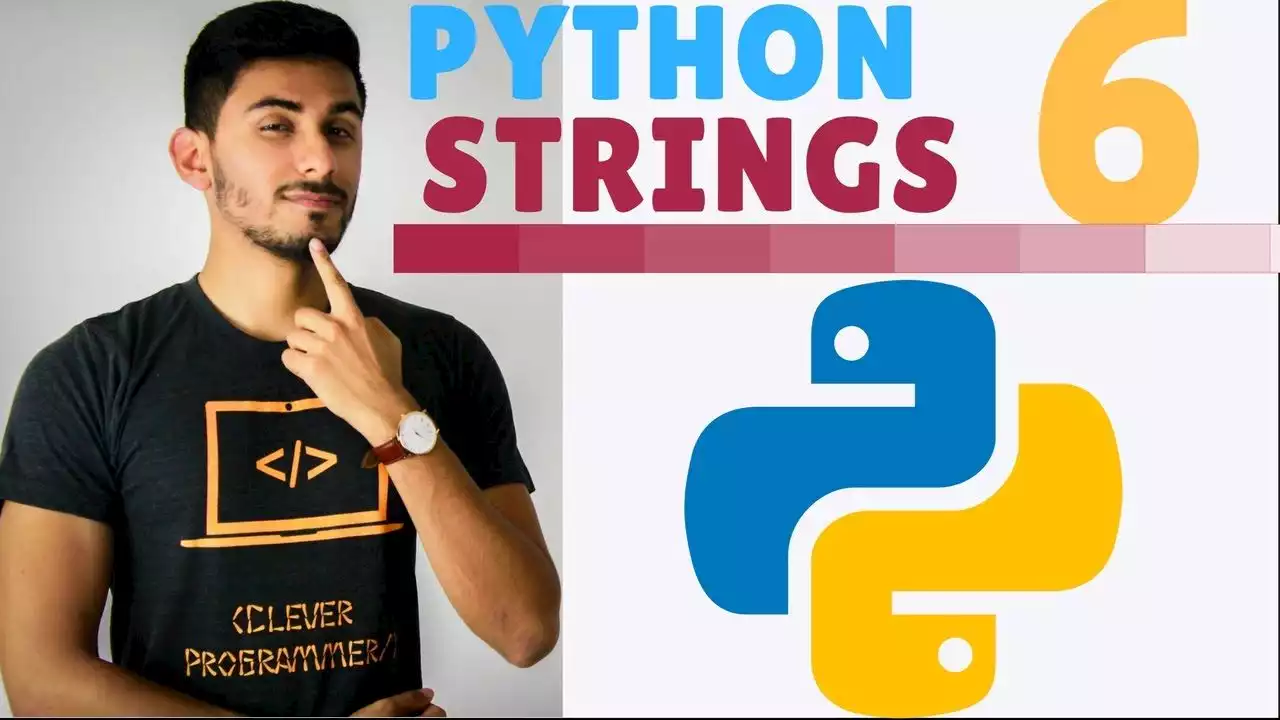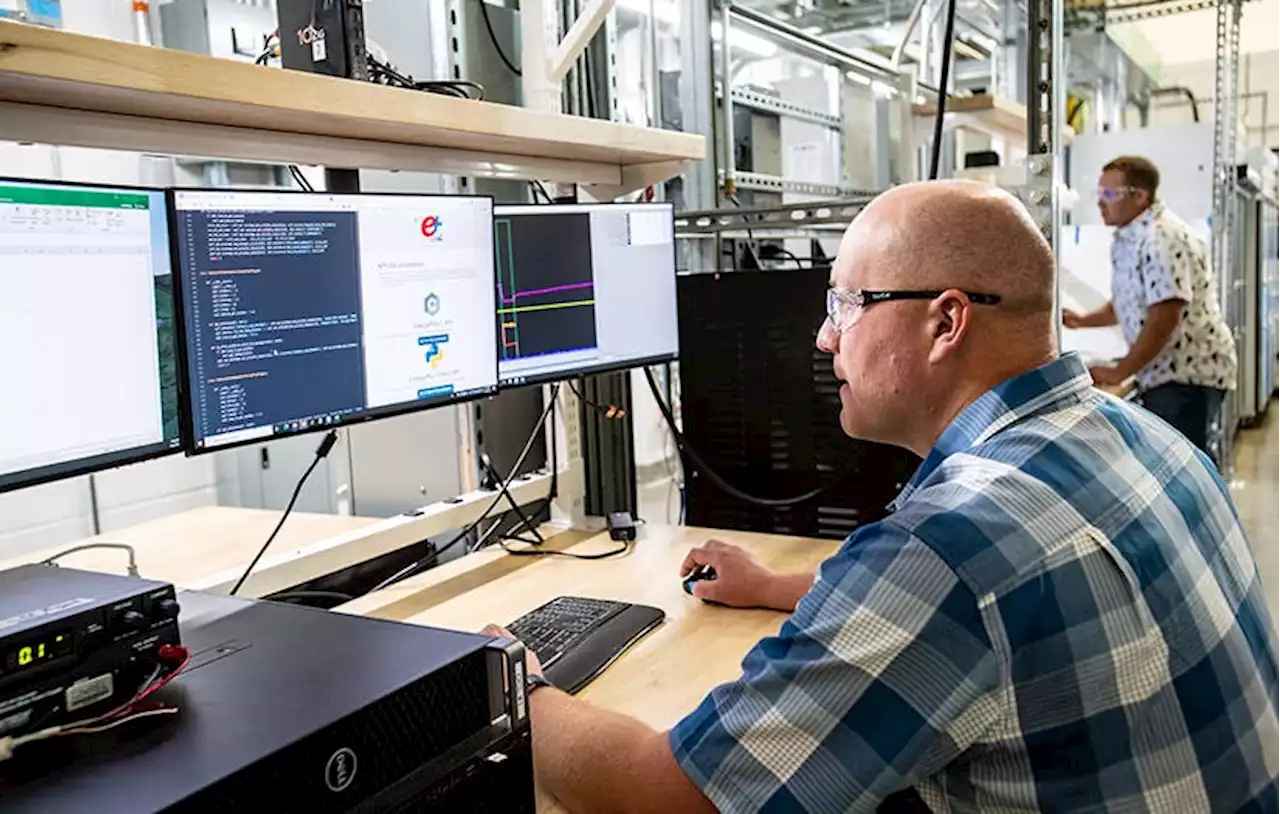Users Can Now Leverage Python and Its Ecosystem To Customize EnergyPlus, Connect It to Building Equipment, Embed It Into Real-Time Applications, and More
Buildings account for more than 40% of U.S. energy use and 70% of the country’s electricity use. Reducing that consumption and “shaping” it to match renewable generation is one of the key challenges of our clean energy future. We need to design and operate buildings to be more efficient, flexible, and responsive. To do that, we must be able to better predict and model building energy use in a range of applications.
The realities of changing weather, an evolving grid generation mix with a growing proportion of intermittent renewables, the introduction of behind-the-meter generation and storage, and a focus on grid response, grid stability, and resilience are changing the requirements of traditional BEM applications and elevating new applications.
Recently, however, the EMS feature got a significant upgrade with support for the popular and powerful Python scripting language. Python EMS allows EnergyPlus to integrate and exchange data with a large number of outside tools and libraries.
Python EMS is implemented by embedding a Python interpreter within EnergyPlus. Python was chosen for its multiplatform support, large developer community, and a vast and growing set of libraries for everything from visualization to statistics to machine learning. Python EMS-enhanced EnergyPlus simulations were employed at the Emerson Helix Center, a supermarket test bed used to develop and evaluate advanced refrigeration technologies, provide real data from supermarket technologies, and develop controls with physical equipment. Photo courtesy of Emerson
“EnergyPlus allows us to create a virtual supermarket to experiment with, and PythonEMS allows us to rapidly prototype and test strategies. We can evaluate so many more scenarios so much more quickly than if we had to use a physical supermarket,” Wheeler said.
France Dernières Nouvelles, France Actualités
Similar News:Vous pouvez également lire des articles d'actualité similaires à celui-ci que nous avons collectés auprès d'autres sources d'information.
 Build your Own ORM from Scratch With Python | Hacker Nooncurious about how ORM works! read this tutorial and make one from scratch using python programming language.
Build your Own ORM from Scratch With Python | Hacker Nooncurious about how ORM works! read this tutorial and make one from scratch using python programming language.
Lire la suite »
 Python for Beginners, Part 5: Variables | Hacker NoonWe will discover what are variables in this video. How is data stored into variables and then how you can retrieve it later for easier access. We will look at all this through a visualization using the Turtle library from Python.
Python for Beginners, Part 5: Variables | Hacker NoonWe will discover what are variables in this video. How is data stored into variables and then how you can retrieve it later for easier access. We will look at all this through a visualization using the Turtle library from Python.
Lire la suite »
 Python for Beginners, Part 6: Strings | Hacker NoonLet's discuss the strings primitive data type and it means. This will answer the question of what's the difference between variables and strings.
Python for Beginners, Part 6: Strings | Hacker NoonLet's discuss the strings primitive data type and it means. This will answer the question of what's the difference between variables and strings.
Lire la suite »
 Build your Own ORM from Scratch With Python | Hacker Nooncurious about how ORM works! read this tutorial and make one from scratch using python programming language.
Build your Own ORM from Scratch With Python | Hacker Nooncurious about how ORM works! read this tutorial and make one from scratch using python programming language.
Lire la suite »
 How to Build To-Do Lists With Real-Time Speech Recognition | Hacker Noon'How to Build To-Do Lists With Real-Time Speech Recognition' by miketechgame speechrecognition python
How to Build To-Do Lists With Real-Time Speech Recognition | Hacker Noon'How to Build To-Do Lists With Real-Time Speech Recognition' by miketechgame speechrecognition python
Lire la suite »
 Python for Beginners, Part 5: Variables | Hacker NoonWe will discover what are variables in this video. How is data stored into variables and then how you can retrieve it later for easier access. We will look at all this through a visualization using the Turtle library from Python.
Python for Beginners, Part 5: Variables | Hacker NoonWe will discover what are variables in this video. How is data stored into variables and then how you can retrieve it later for easier access. We will look at all this through a visualization using the Turtle library from Python.
Lire la suite »
